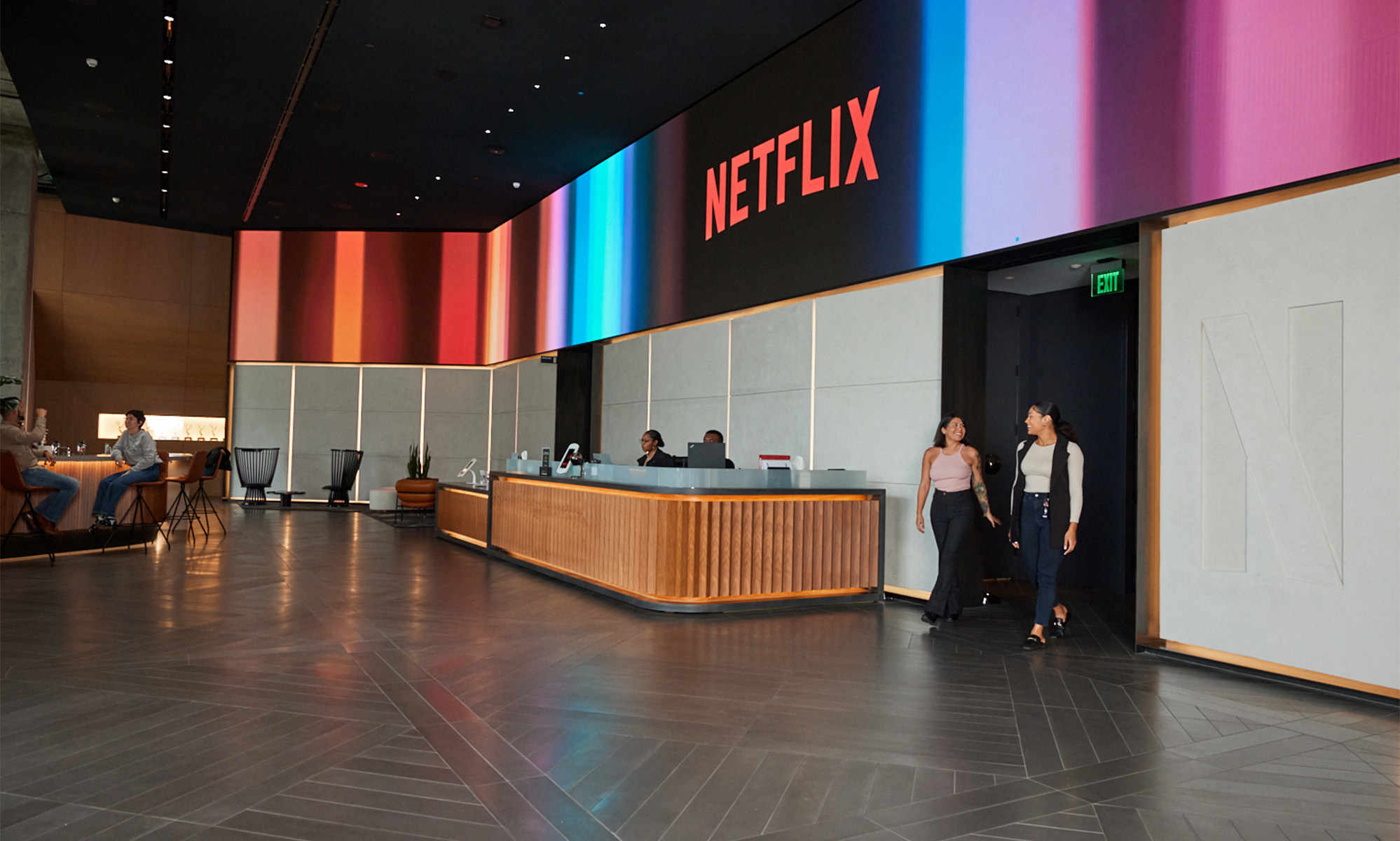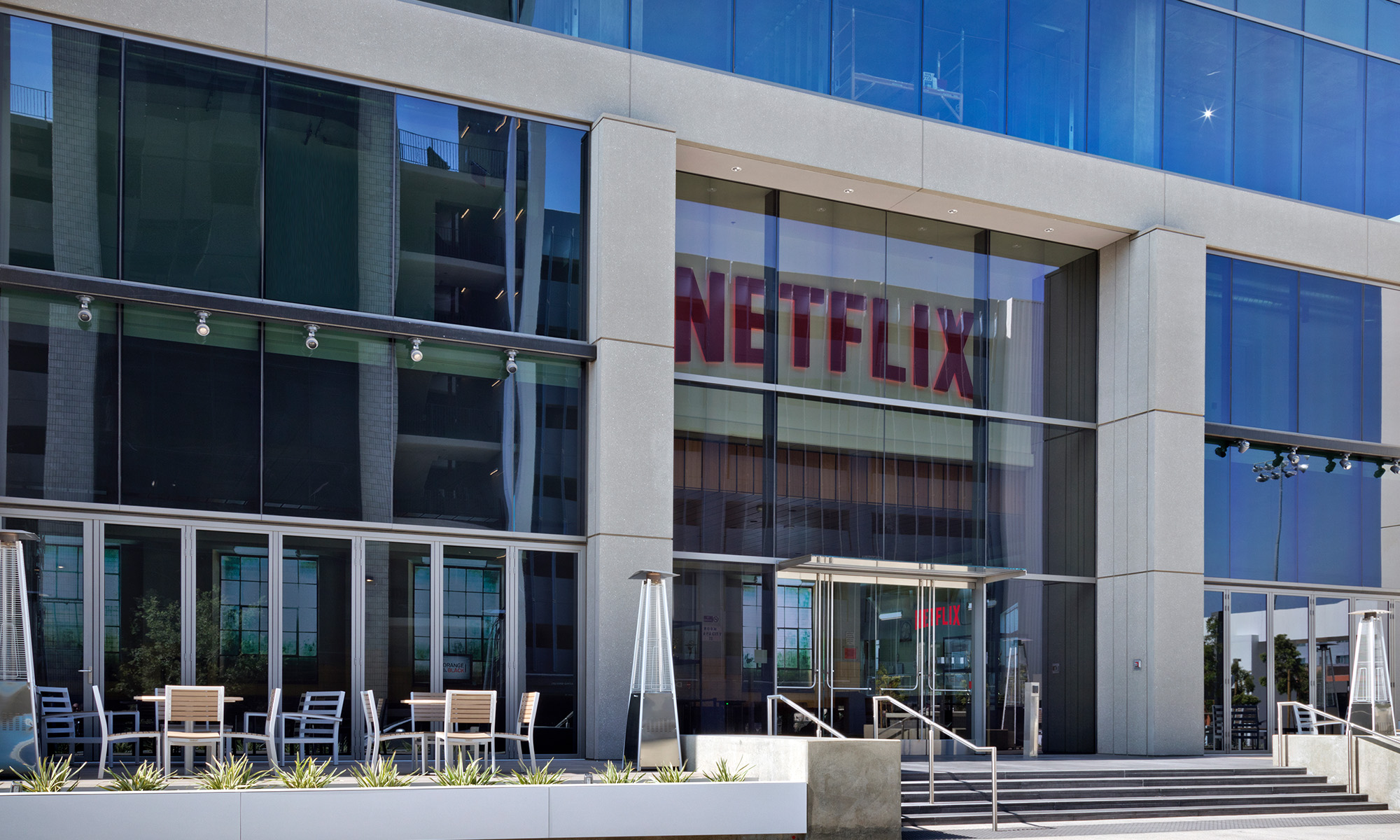Not so long ago, the streaming market appeared to be well served by relatively few competitors. Netflix (NFLX 1.59%) had the lion's share of the market, followed by Disney's (DIS 0.14%) Hulu (then jointly controlled with other partners), and Amazon's (AMZN 1.50%) Amazon Prime Video. There were other players, but those three were the big ones in the subscription video on demand (SVOD) space. Now, newcomers are everywhere, threatening to increase churn and raise the stakes in a market that just got a whole lot more competitive.
Disney's Disney+ and Apple's (AAPL 0.51%) Apple TV+ are new on the scene. AT&T's (T +1.29%) HBO Max and Comcast's (CMCSA +0.55%) Peacock are on the way (the latter is in the midst of a "soft launch" as of this writing). Even with some households juggling three or more subscriptions, it has been reasonable for some time to expect the future of subscription streaming to feature more subscription churn.
And we thought all of this before the COVID-19 crisis. Since then, life has changed drastically. The market has plunged and millions are out of work. Streaming services are a luxury, not a necessity, so it's reasonable to wonder: Will tighter budgets mean fewer multi-subscription homes, fewer total subscribers, and less for all of the streaming services?

Image source: Getty Images
Streaming and saving
Part of what might make investors uneasy is that we don't really know. The last time the market looked this rough, it was the onset of the Great Recession. Netflix was relatively new on the streaming service back then: Better known for mailing out DVDs in the 1990s, Netflix only started streaming in 2007. Hulu arrived shortly after that, but streaming was hardly the huge market that it is today, and there's not much use in looking at subscription churn and multi-subscription households in 2008 or 2009 in order to figure out what those figures might look like in 2021 or 2020.
We do have some idea of how many households have multiple subscriptions. Among households with broadband internet connections, about half are juggling multiple streaming subscriptions, according to 2019 data from Parks Associates.
We don't, however, know how many of these subscriptions would be cut in an economic downturn.
Still, there are ways to figure out whether streaming services would be on the chopping block (and which ones would go first): Polls and other data can provide some insights here. Some analysts are concerned. Analyst Matthew Herrigan wrote to clients that "surveys [suggest] that streaming services are among the first household budget items to be cut with job losses."
On the other hand, this crisis is unique. With more people at home, tech companies are arguably on steadier footing than they otherwise would be. We've seen streaming (and TV viewing in general) go up as bored folks in quarantine turn to TV for amusement. That might soften the blow for streaming services in the event that this crisis continues.
Who suffers?
If consumers do make cuts, which streaming services will suffer most? Herrigan has concerns with Netflix, which has never had this sort of competition before and which has lately offered what Herrigan calls "transient hits" like Tiger King, rather than more enduring and brand-elevating hits like Stranger Things. Netflix certainly has a lot to lose; its more than 100 million subscribers are far and away the most of any SVOD service (tech giant Amazon has impressive numbers of Amazon Prime subscribers, but not all of those subscribers use the included SVOD service). Netflix may already be at its limit in the U.S.; it actually lost net subscribers in the States in Q2 of 2019.
The brand-new streaming services coming in 2020 are arguably those that would be harmed most by tighter streaming budgets. Though HBO Max builds on an existing brand known to streamers, and Peacock will include established streaming hits like The Office (eventually, anyway -- Netflix loses The Office in 2021), both will be asking customers to take a fresh look at their streaming budgets and try to fit in a brand new expense. And while it's possible that new subscribers could take this chance to cut one or more other services, keeping their budgets intact or even saving money while adding Peacock or HBO Max, inertia is obviously on the side of the longer-tenured competition.
On top of this, pricing may be a headache for HBO Max. Some services -- particularly Disney's offerings -- are priced low and offer bundled solutions, making them potentially more appealing in a fractured market. HBO Max will cost $14.99 per month, which might've been better suited to an earlier era of streaming, with less competition and a brighter economic outlook. (Peacock, by contrast, is coming into the market with a free, ad-supported version and a $4.99 premium price tag.)
Churn, baby, churn
Churn is a huge part of this equation, too. A more budget-constrained streaming population could shake things up briefly and then settle down into a new normal. And with such a fractured market and so many free trials at war with each other, it's easy to imagine a lot of churn: subscribers jumping from free trial to free trial and service to service. Viewers could cancel one service to catch up on the hits from another, then cancel again and head to yet another service.
In this context, services that release their hit shows on traditional timelines look a little better positioned. Disney+ managed to hold onto many subscribers while airing just one hit (The Mandalorian), and that was possible in large part because fans couldn't binge-watch the eight-part series. Without an active subscription, fans of The Mandalorian would miss the next week's episode. That's a big difference between Disney+ and Netflix, as the latter is famously focused on full-season drops suitable for binge-watching. In fact, viral hits designed for binge-viewing are Netflix's bread and butter. The relatively fleeting nature of hits like Tiger King may not serve Netflix as well when streamers are looking for services that they can safely cut for a while while they focus on maintaining their ability to catch the next episode of The Mandalorian or some other weekly hit.
How many streaming services do we need?
It's worth remembering that this newly competitive streaming landscape was created by economic logic that was born in streaming's boom years. Netflix long ago discovered that it could save money on content costs (in the long term, anyway) by getting its viewers to watch stuff that it made and owned. The reverse is also true, and we've seen the results as Disney has led the charge of content creators investing in streaming services.
But Netflix and Disney aren't exactly typical streaming players. Netflix is the biggest name in the business. While it will likely feel some real pain in losing its popular licensed content, it has a remarkable ability to make shows and movies relevant simply by virtue of having them on its omnipresent platform. Disney -- though new to streaming -- was a brand-name behemoth even before it acquired the bulk of 21st Century Fox in a blockbuster merger deal that set it up with the most enviable catalog in the streaming world. Netflix's reasons to make content and Disney's reasons to own its own streaming service are compelling, but both companies were in very enviable positions in at least one of the two categories already.
While the same cost-saving logic works, in theory, for a service like Peacock or HBO Max, it's possible that Netflix's hold on streaming and Disney's hold on the biggest intellectual properties in entertainment will push the smaller players to the fringe. If the streaming market cools down, some vertically integrated content-and-streaming businesses may start wishing that they'd just kept partnering with Netflix and others, rather than going all in on in-house solutions.
An uneasy moment
There is massive uncertainty to reckon with here, and that's the point: The SVOD industry already needed to worry about how competitive and churn-filled the new normal would look, and now the new normal is looking grimmer on a scale much larger than the streaming space alone. Competition will be fierce, and investors shouldn't be surprised if some long-tenured norms prove untenable, like the "revolutionary" Netflix release schedule and the seemingly inevitable trend toward having one streaming service for every media company.











